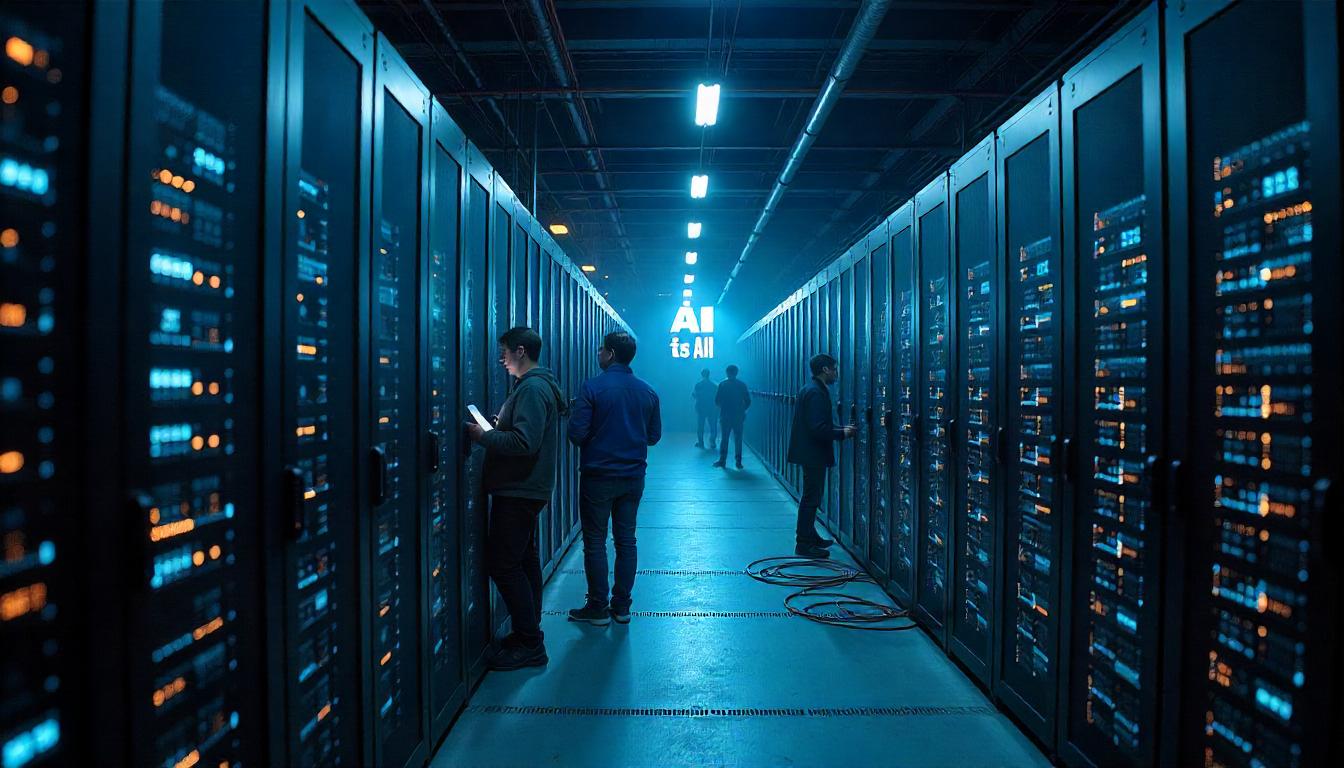AI in Cybersecurity: Detecting Threats in Real Time
The internet has become the backbone of how we work, communicate, and live. Yet as our digital lives expand, so do the dangers lurking online. Cybercriminals are smarter and faster than ever, launching attacks that traditional security tools often struggle to stop. That’s why Artificial Intelligence (AI) is stepping in as a powerful ally—detecting and responding to threats in real time to keep our digital spaces safer.
Why Traditional Cybersecurity Falls Short
For years, cybersecurity relied on firewalls, antivirus software, and manual monitoring. While these tools are still important, they’re not enough against today’s complex threats. Hackers use techniques like:
- Zero-day exploits that target previously unknown software flaws
- Sophisticated phishing scams designed to fool even careful users
- Sneaky malware that disguises itself to avoid detection
By the time older security systems recognize these threats, the damage might already be done. This is where AI brings a crucial advantage.
How AI Fights Cyber Threats
AI’s real power lies in its speed and ability to sift through massive amounts of data, spotting tiny details humans might miss. Here’s how AI is transforming cybersecurity:
1. Detecting Unusual Behavior
AI systems learn what typical activity looks like on a network. If something out of the ordinary happens—such as a sudden spike in data traffic or a login from an unexpected location—AI can raise an instant alert, helping stop attacks before they escalate.
2. Uncovering Phishing and Malware
Unlike traditional tools that rely on known “signatures” of threats, AI analyzes the actual content and behavior of emails, links, and files. It can spot suspicious wording, hidden malicious links, or strange file behavior—protecting users from falling for scams.
3. Predicting Emerging Threats
Machine learning allows AI to study attack patterns and predict where hackers might strike next. If certain industries or regions are under attack, AI can help organizations prepare defenses ahead of time.
4. Acting Instantly
Sometimes, AI can respond automatically—blocking suspicious connections, isolating infected devices, or shutting down compromised accounts. This rapid action can make a huge difference in containing damage.
Benefits of AI in Cybersecurity
Integrating AI into cybersecurity offers several big advantages:
- Speed: AI analyzes threats in seconds instead of hours.
- Accuracy: It filters out false alarms, helping security teams focus on real issues.
- Scalability: AI can monitor vast networks and thousands of devices at once.
- Proactive Defense: AI doesn’t just react—it helps prevent attacks before they happen.
The Challenges of AI in Cybersecurity
Even with its strengths, AI isn’t a perfect solution. It comes with its own challenges:
- False Alarms: Sometimes AI might flag harmless activities as threats.
- Complex Setup: AI systems need skilled experts and high-quality data to work well.
- Adapting Hackers: Cybercriminals are learning how to bypass AI, so systems must keep evolving.
It’s important to remember that AI works best alongside human experts. While AI handles data analysis and rapid response, humans provide context, judgment, and creative problem-solving.
The Future of AI in Cybersecurity
The cyber threat landscape will keep evolving—but so will AI. In the future, we can expect smarter, faster, and more precise AI tools capable of protecting everything from personal devices to critical infrastructure.
For businesses, governments, and individuals alike, adopting AI in cybersecurity isn’t just an option anymore—it’s quickly becoming essential.

































